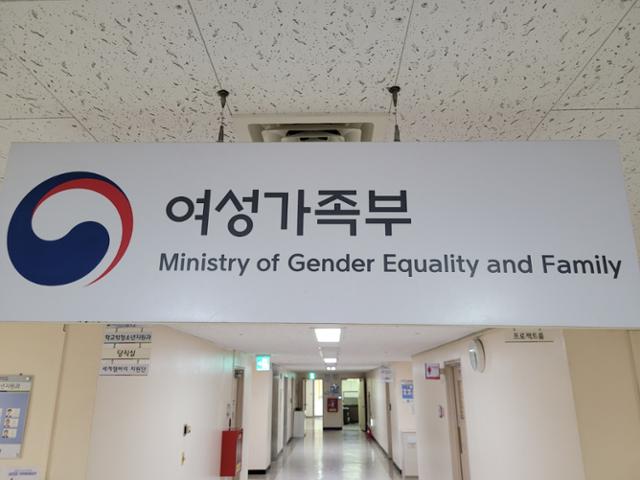Rate of elementary school dropouts among out-of-school youth
Increased from 5.6% in 2015 to 17% in 2023
61.3% recommended homeschooling or alternative schools by parents,

Korean Ministry of Gender Equality and Family,
,
, ‘A survey revealed that the rate of youth who dropped out of school during elementary school has more than tripled compared to 8 years ago. This is attributed to the increasing number of parents encouraging homeschooling or alternative school enrollment. It was found that 1 in 10 out-of-school youth did not engage in any extracurricular activities after dropping out of school.’,
,
, “On the 9th, the Korean Ministry of Gender Equality and Family announced the results of the ‘2023 Survey on Out-of-School Youth’. 2,890 out-of-school youth aged 9 to 24 nationwide were surveyed, including those utilizing out-of-school youth support centers, Tomorrow School (an alternative vocational education institution), short-term shelters, juvenile detention centers, probation offices, and alternative education institutions, as well as those taking the GED.”,
,
, ‘The number of youth dropping out of school during elementary school has significantly increased since the first survey in 2015. The dropout rates by school level in 2015 were as follows: high school 61.6%, middle school 32.3%, elementary school 5.6%. In contrast, in 2023, the rates were high school 62.2%, middle school 20.8%, elementary school 17%. The dropout rate during middle school decreased by 11.5 percentage points, while the dropout rate during elementary school increased by 11.4 percentage points.’,
,
, “Of the youth who dropped out of school during elementary school, 61.3% cited ‘parents’ recommendation (for homeschooling, alternative education)’ as the reason. ‘To learn what they want (30.3%)’ and ‘issues with school friends (23.3%)’ were also mentioned. In the overall survey, responses to the same question varied, with ‘psychological/mental issues (31.4%)’, ‘to learn what they want (27.1%)’, and ‘parents’ recommendation (22.4%)’ ranking high in response rates.”,
,
, “The percentage of reclusive youth who stayed at home without engaging in external activities for more than 6 months was 6.4%. The hidden potential group with reclusive periods of 3 months to less than 6 months was 3.5%. The main reasons cited for leading a reclusive life were feeling ‘lethargic or depressed (28.6%)’ and ‘not wanting to do anything (24.9%)’.”,
,
,

